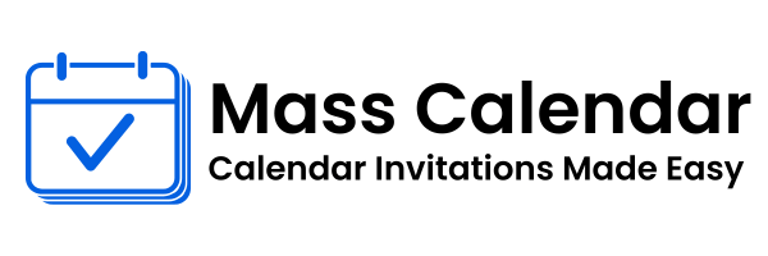Time Discipline in Presentations: The Silent Role of Countdown Timers
When planning a presentation or event, most attention is given to content, visuals, and delivery style. However, one factor that often determines the success—or failure—of a session is how well it adheres to time. Whether for speakers, moderators, or production teams, keeping to schedule is essential. And this is where a countdown timer for presentation quietly steps in as the unsung hero.
BLOG
7/11/20252 min read


When planning a presentation or event, most attention is given to content, visuals, and delivery style. However, one factor that often determines the success—or failure—of a session is how well it adheres to time. Whether for speakers, moderators, or production teams, keeping to schedule is essential. And this is where a countdown timer for presentation quietly steps in as the unsung hero.
Timely delivery not only respects the audience’s time but also ensures smooth transitions between sessions. In today’s fast-paced environments—physical, virtual, or hybrid—timing tools provide structure, confidence, and flow.
Why Timing Is Everything
The challenge in most presentations isn't just delivering the message—it’s doing it within a limited time. Speakers often prepare more content than time allows, and without cues, they may find themselves rushing through key points or extending unnecessarily.
This is where using a timer for presentation becomes invaluable. A visible or subtle timer offers speakers a clear visual of how much time they have left, helping them adjust their pace, prioritize points, and avoid overrunning.
Countdown Timers as Session Anchors
At events featuring multiple speakers or tracks, a shared understanding of time is vital. Organizers typically rely on an event timer to coordinate sessions, break schedules, and logistical handovers.
From keynote addresses to breakout panels, countdown timers serve as session anchors. These silent guides ensure that the event doesn’t derail due to mismanaged speaking times or transition delays.
Stage Use and Presenter Cues
In live events, presenters are often managing more than just their content—they're coordinating with stage crews, responding to visual cues, and adapting to real-time changes. A stage timer becomes essential in such environments.
Often referred to as a stagetimer, this behind-the-scenes tool helps presenters know when to begin, pause, or wrap up without needing verbal reminders. It supports seamless delivery and helps avoid unnecessary interventions.
Maintaining Punctuality Across Formats
Whether it’s a classroom lecture, corporate seminar, or community conference, punctuality is a marker of professionalism. A properly used countdown timer for events ensures that sessions not only start on time but also finish as scheduled.
This matters especially when the event is being streamed online or recorded, where every minute affects bandwidth, engagement, and edit timelines.
Visual vs. Silent Timers
There are many ways to incorporate timing cues—digital displays, color-coded lights, or even subtle hand signals. In all cases, the goal remains the same: to support the speaker without disrupting their flow.
By giving presenters the freedom to self-monitor, the countdown timer reduces the need for stage managers to intervene, making the overall experience smoother for everyone involved.
Best Practices for Using Timers in Events
Keep timers discreet but visible to those who need them.
Use color cues or minimal movement to indicate transitions.
Allow a short buffer (1–2 minutes) before and after each session.
Practice with the timer during rehearsals to build familiarity.
Sync all teams (AV, stage crew, emcees) to the same event timer.
These small steps can significantly improve time control and reduce unnecessary delays.
Conclusion
A well-executed presentation depends on preparation, clarity—and good timing. While content and visuals often get the spotlight, it’s the humble countdown timer for presentation or the reliable stage timer behind the scenes that keep things running on track.
As events become more complex and tightly scheduled, adopting structured time management becomes a necessity, not an option. Whether you're managing a virtual panel or a live keynote, a simple event timer can be the key to delivering a smooth, professional experience for both speakers and attendees.
MassCalendar.in
Send Bulk & Mass Calendar Invites Instantly
CONTACT
Meetings
+44 (0) 203 916 5117
© 2025. All rights reserved.
Help?
